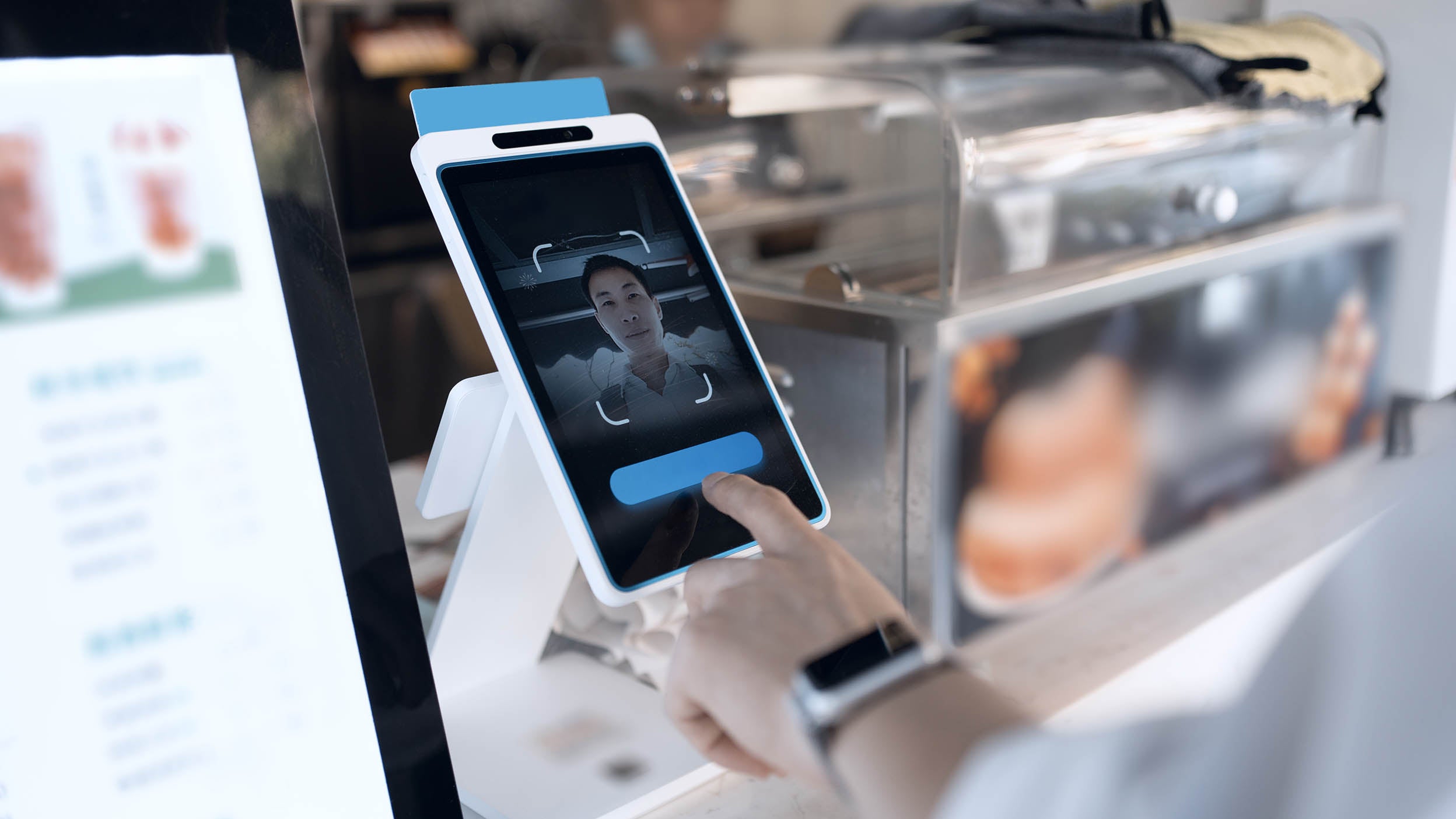
Innovation Beyond passwords: The future of biometrics
The evolution of biometric technology benefits almost every industry and has many business and personal use cases.

Wearable technology has become an integral part of our daily lives, seamlessly blending into our everyday routines to monitor health, enhance productivity, and entertain us. From smartwatches and fitness trackers to augmented reality (AR) glasses, the market for wearable tech continues to expand rapidly.
The global wearable technology market stood at about $138 billion in 2022 and is projected to expand at a compound annual growth rate (CAGR) of about 14% from 2023 to 2030.1 Wearable tech could benefit from an increased focus on health and fitness since the devices help track sleep, cholesterol, and calories burnt through sensors.2
Source: Precedence Research, September 1, 2023.
Wearable technology refers to electronic devices that can be worn on the body as accessories or incorporated into clothing. These devices typically feature sensors and connectivity capabilities, and they often synch with smartphones or other devices. The primary goals of wearable tech include data collection and providing insights and convenience to users in various aspects of their lives.
Invesco QQQ ETF, which tracks the Nasdaq 100-Index®, is one way to get some exposure to wearable tech as an investment theme. Although QQQ certainly isn’t a pure play on this innovative sector, it does hold some household tech brands that are active in wearable tech, including Apple, Alphabet, and Microsoft.
Apple has a commanding lead in consumer electronics and its Apple Watch is a well-known example of wearable tech.
The Apple Watch has evolved beyond a mere timekeeping device to a comprehensive health and fitness tracker, offering features such as heart rate monitoring, ECG measurements, and workout tracking.
The company also offers Apple Fitness+, a streaming platform that can be used with the Apple Watch. Looking ahead, the launch of its virtual-reality headset, the Apple Vision Pro, could be the next big thing for the company’s loyal fanbase.
Apple clearly upended the mobile phone market with the iPhone, but Wall Street is always looking for the next sources of growth. Wearable tech could be a new area of innovation for Apple.
Fitbit is an innovator in wearable tech, launching the Fitbit Tracker in 2009. The company was acquired by Alphabet, the parent company of search and tech Google, in 2021.
The Fitbit acquisition reflects Alphabet’s approach of acquiring innovative leaders in cutting-edge industries and seeking to grow them. Other examples include Android and YouTube.
Fitbit's devices track various metrics such as steps taken, heart rate, sleep patterns, and more, empowering users to lead healthier lifestyles. By integrating Fitbit's technology into its ecosystem, Google aims to enhance its presence in the wearable tech market and capitalize on the growing demand for fitness-oriented wearables.
Microsoft has ventured into the wearable tech space with its HoloLens, an AR and mixed reality headset with applications in various industries, including healthcare, education, and manufacturing.
The HoloLens offers immersive experiences by overlaying digital information onto the physical world, revolutionizing how users interact with their environments. Earlier this year, the U.S. Space Force signed a deal with Microsoft to create an "Immersive Intelligent Environment" AR space simulation featuring HoloLens headsets to view and interact with orbital objects in a scaled environment.3
Although they may not produce the devices, semiconductor companies are important for wearable tech because they provide the chips and computing solutions that power smartwatches and AR glasses. As wearable devices grow more sophisticated, they will require even faster chips.
Texas Instruments, a QQQ holding, creates integrated circuits to help power wearable fitness and activity monitors. The circuits can be used to create smartwatch systems that track user health and activity, run native apps, communicate to other devices, process voice commands via the internet, play music, and tell time.
QQQ component Qualcomm is another example of a semiconductor firm that’s active in wearable tech. Known for its Snapdragon processors, Qualcomm produces a range of chips suitable for wearables. Its Snapdragon Wear platform is specifically designed for smartwatches and other wearable devices, offering features like low power consumption, connectivity options, and support for various operating systems.
Select the option that best describes you, or view the QQQ Product Details to take a deeper dive.

The evolution of biometric technology benefits almost every industry and has many business and personal use cases.

The rapid acceleration of the robotics sector is affecting many industries across the Nasdaq-100

The rise of artificial intelligence (AI) is impacting big tech. Learn more about how industries, from hardware manufactures to software developers, are utilizing AI.
NA3526691
Past performance is not a guarantee of future results.
This does not constitute a recommendation of any investment strategy or product for a particular investor. Investors should consult a financial professional/financial consultant before making any investment decisions.
The opinions expressed are those of the author, are based on current market conditions and are subject to change without notice. These opinions may differ from those of other Invesco investment professionals.
This information is provided for informational purposes and does not constitute an endorsement or recommendation of any companies referenced.
Compound annual growth rate, or CAGR, is the mean annual growth rate of an investment over a specified period of time longer than one year.
This content should not be construed as an endorsement for or recommendation to invest in Apple, Alphabet, Microsoft, Texas Instruments, or Qualcomm. Neither Apple, Alphabet, Microsoft, Texas Instruments, nor Qualcomm are affiliated with Invesco. Only 5 of 101 underlying Invesco QQQ ETF fund holdings are featured. The companies referenced are meant to help illustrate representative innovative themes, not serve as a recommendation of individual securities. Holdings are subject to change and are not buy/sell recommendations. See invesco.com/qqq for current holdings. As of 4/18/2024, Apple Inc, Alphabet Inc (Class A and C), Microsoft Corp, Texas Instruments Inc, and Qualcomm Inc made up 7.56%, 5.32%, 8.81%, 1.13%, 1.36%, respectively, of Invesco QQQ ETF.